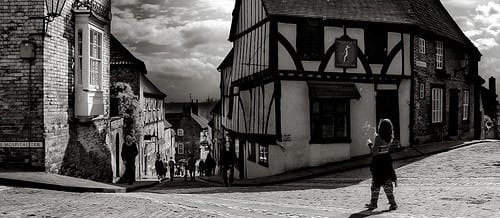Earlier this month, I attempted a “rehearsal” of our performance. I use the term “rehearsal” loosely, as we are still finalising parts of our performance, so this might not be a completely accurate representation of what this part of our performance will look like. As a group we are looking to complete a ‘routine’ of actions so to speak, for us to follow as we perform these day to day water based activities. Our next step is getting these ‘routines’ polished and completed, which we are working on daily.
I have uploaded a sped up version of this “rehearsal” that I attempted to YouTube, despite the fact that I was unable to complete the one hour duration that I had planned on doing it for. Unfortunately, I only managed to complete about 20-25 minutes of it. I wasn’t able to finish it because I had an allergic reaction to the soap that I was using, causing my face to turn red and swell slightly. The reason for uploading this video is that I believe it doesn’t hurt to document both the positives and negatives of creating a piece of performance. All performance can be a struggle at times, and there will be challenges you have to face along the way. The video can be found here (Jamie Dunn, 2015).
The next step from here as a group for us is to find a way around this obstacle. We already have an idea of how to do this, and will be visiting our site in the next couple of days for another attempt at this “rehearsal”. As a group of two, we are hoping that we can both actually manage to do this without any allergic reactions this time. With any luck we should be able to film it, or at least have a friend of ours take pictures so we can document the process and hopefully put it online.
We are also working on the marketing of our performance piece, and are hoping to have a Facebook event up by no later than the 20th of April. As Tehching Hsieh has been our main influence for this piece, we’re hoping to recreate his poster for his Time Clock Performance, as seen here (Hsieh, 1980, cited in colaboratorioartandspace.wordpress.com, undated) in our own style. We plan on finishing these posters up after our next rehearsal on the 17th of April.
Although this “rehearsal” of mine didn’t go smoothly, I would encourage anybody interested in performing to give endurance pieces a try. It’s an interesting thing, attempting to do something that we do every day for longer than normal. Since I started working on my performance, I’ve been thinking about everything that we do in our day to day lives that we consider mundane, and how the meaning of doing it changes when we pinpoint that specific action or activity, and I wonder how our opinion of it would change if we focused on doing nothing but that one routine for an elongated piece of time. Thanks to the this module, I have found myself becoming more and more interested in performing endurance pieces, and would consider trying out variations of this style of performance in the future.
References:
Jamie Dunn (2015) Endurance Performance “Rehearsal” [online video] Available from https://www.youtube.com/watch?v=xErlJtAjc4s [Accessed 16th April 2015].
Hsieh, T. (1980) One Year Performance. [online] New York, USA: Tehching Hsieh. Available from https://colaboratorioartandspace.wordpress.com/2011/01/28/tehching-hsieh-art-live-in-action/ [Accessed 15th April 2015].
